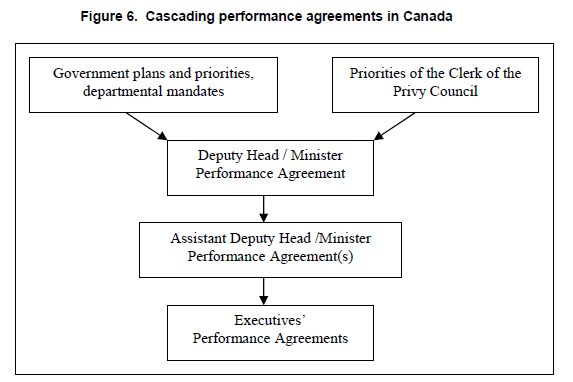Subprime Mortgage Cascade Networks Course blog for INFO 2040
Post on: 23 Июль, 2015 No Comment

Subprime Mortgage Cascade
This article “The Fuel that Fed the Subprime Meltdown” written by Ryan Barnes discusses the specifics of how the subprime mortgage crisis occurred during 2007. In this article, Barnes points out that essentially, prior to the crisis, banks were lending money to people less-than-worthy credit and lending excessive amounts to people who were unable to pay back these loans or showed little proof that they had a steady income. More and more people were able to obtain credit to purchase houses that they once could not afford. More and more banks were offering mortgages with little to no down payments required, and more people were able to purchase expensive homes. This in itself is a behavioral cascade. As in the “blue and red balls” example, the first banks that began this process had private signals that their mortgage holders could not pay their mortgages, but choose to ignore these signals and loan to them. As other banks saw an increased number of loans being made, they followed suit and thus began a cascade of poor lending procedures that landed thousands of Americans in homes they simply could not afford. In addition, as real estate prices rose, and more people assumed that the value of their homes were increasing and thus began taking out home equity loans. This, yet again, was another information cascade. Homeowners, seeing what their neighbors were selling their houses for, took this information as private signals to mentally increase the value of their homes. Banks also took this as a private signal, and allowed a massive amount of home equity loans to occur. Many of these home equity loans resulted in home-improvement projects which many Americans believed would further increase the value of their homes. This later proved false and led to much wasted capital. In essence, the home equity loan and mortgage cascade took place all around the country on a national scale, as the housing market continued to look more appealing. Americans were “following the crowd” and the banks were fueling this irresponsible behavior by providing the financing.

Additionally, banks began to securitize these subprime mortgages, leading to an even bigger crisis. As Barnes explains: “If the housing market had only been dealt a decent hand say, one with low interest rates and rising demand any problems would have been fairly contained. Unfortunately, it was dealt a fantastic hand, thanks to new financial products being spun on Wall Street. These new products ended up being spread far and wide and were included in pension funds, hedge funds and international governments. And, as were now learning, many of these products ended up being worth absolutely nothing. ” Again, this was another cascade. As more banks began learning about the products being created by creating asset backed securities by dividing these mortgages up into “traunches” with ineffective ratings, more banks began creating these products. This was the first form of information cascades. Next, people began investing in these supposed “high return” investment. More investors began to see and hear about people purchasing these products and in turn bought them without understanding the asset with which they were being backed by. This was the second form of an information cascade – investors investing these subprime mortgages based on the purchases of others.
Finally, as well all know, in 2008 many of these mortgages proved worthless as people began defaulting on their payments. Banks were required to sell the homes that began to be worth less than what their owners paid for them. These “short sales” caused the banks to lose money and, in aggregate, investors began to lose money as well. In essence, this was caused by an information cascade by banks and investors alike. The faulty “information” they based their decisions on led to excessive lending, confusing securitization, and eventually a cascade of poor decisions that led to the subprime mortgage crisis and eventual financial crisis of 2007-2008.














